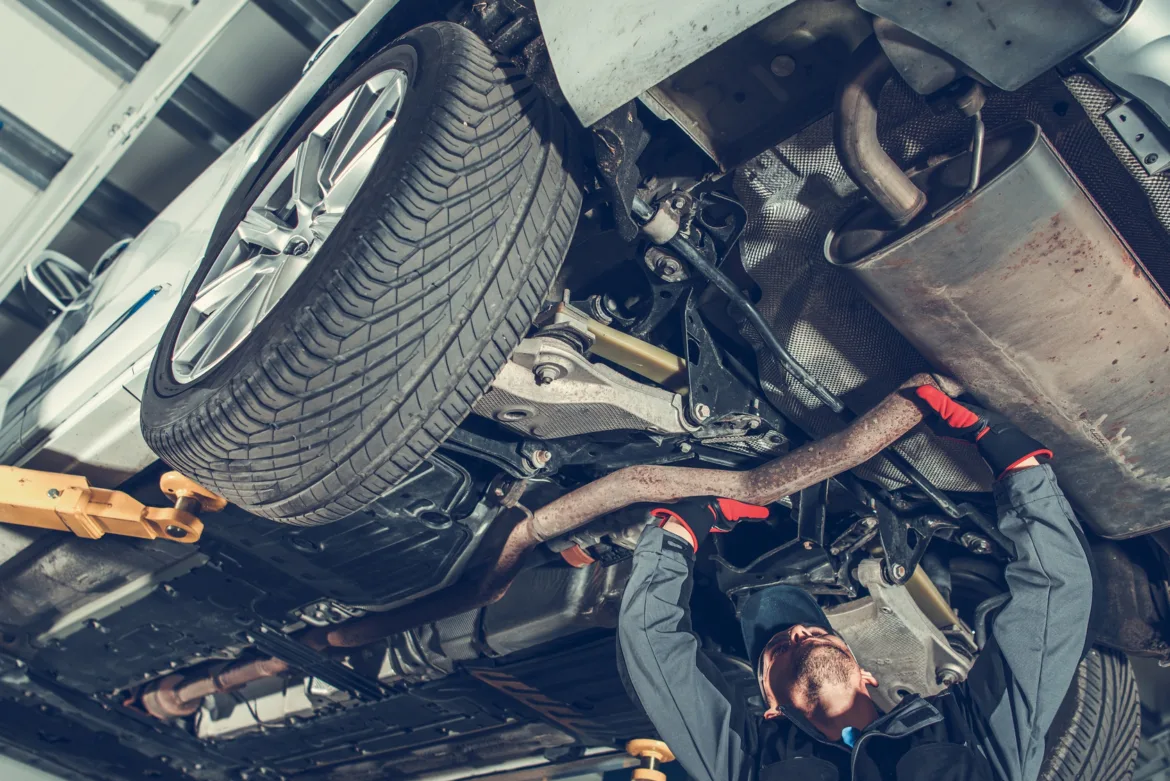What Kind of Drivetrain is Right For You?

If you’re new to the world of car ownership or shopping for your first car, you may be plagued by this question: what’s the difference between front-wheel, rear-wheel, four-wheel drive, and all-wheel drive cars, and which one do you need? Each has its advantages and we’re here to clear up the differences for you.
Front-wheel-drive cars
The majority of cars on the market at this point are front-wheel drive, or FWD, for short. FWD systems are less complex, cheaper to maintain, and provide better fuel economy. With the weight of the engine directly over the powered wheels, you typically see better acceleration and traction on roads during inclement conditions over rear-wheel drive.
There’s pretty heavy debate between front-wheel-drive and all-wheel-drive cars when it comes to snow, but FWD with proper snow tires is typically safer than AWD without. If you’re looking for a front-wheel-drive car, they’re readily available.
Rear-wheel-drive cars
With rear wheel drive, or RWD, acceleration is significantly improved over FWD. Often, performance cars come equipped with RWD, not only for acceleration, but for improved power through turns. Drifting (don’t try it at home etc.) through turns is possible in an RWD car, but save that for the track. They often have a better turn radius than FWD cars as the equipment to deliver power to the front wheels is absent, with more room for the front wheels to turn.
The downsides to RWD include worse fuel economy (compared to FWD) and a significant loss of traction in inclement conditions, like rain or snow. There are also more moving parts involved, as there’s a driveshaft that travels down the middle of the vehicle and rear differentials to transfer power from the driveshaft to the wheels.
If performance is your thing, a rear-wheel-drive car might give you the sportiest experience, and we’ve got em.
Four-wheel-drive cars
One of the most common questions is about the difference between four-wheel drive (4WD) and all-wheel drive (AWD). 4WD vehicles have both axles connected to the drivetrain via a transfer case that powers both axles at the same time. There are often FWD, 4WD low, and 4WD high settings for 4WD cars, and the driver can switch between them manually. When 4WD is ‘locked,’ that means that all the wheels are receiving the same amount of power, which can cause wear and tear on the drivetrain if used in dry conditions.
On the other hand, it’s excellent for situations with difficult terrain, providing much more traction on gravel and snow, for example. If you do a lot of off-roading, you can control the output between 4 wheel low and 4 wheel high, giving you the best control over your traction. Before your next adventure, take a look at the four-wheel-drive cars we have headed to auction.
All-wheel-drive cars
All-wheel-drive, or AWD, systems have what’s an open differential or a limited-slip differential, which allows all four wheels to be engaged when necessary. Often controlled by a computer, AWD systems can deliver varying levels of power to both axles, and many new AWD systems have different modes to provide extra traction on specific road types. These systems remove the necessity for driver input, doing the work for you. If you live in an area with inclement weather or regularly find yourself in the mountains for snowsports, all-wheel-drive cars may be your best bet.
Both 4WD and AWD see poorer fuel economy than FWD, as they are delivering power to two axles instead of one.
We‘re here to help
No matter what kind of car you’re looking for, remember that all types of drivetrains are subject to their own histories. Make sure to run a VIN report before you bid on and buy any vehicle to make sure you know what it’s been through. For business customers who need bulk access, our partner, ClearVIN, can offer thorough motor vehicle records that give you peace of mind when buying a used car and help you avoid potential scams or fraudulent activity.
As always, feel free to give us a call at +1 (503) 298-4300 between 6:00 AM and 4:00 PM Pacific Standard Time, Monday through Friday, with any questions you have. From registration to placing a bid on the perfect vehicle, our Buyer Services team is here to help.
Happy bidding!
- Buying Salvage Cars: What to Expect on Auction Day - May 22, 2025
- Is Buying a Hail Damage Car Worth It? A Detailed Guide - December 2, 2024
- Affordable Luxury: The Best Budget Luxury Cars for Families in 2024 - November 21, 2024